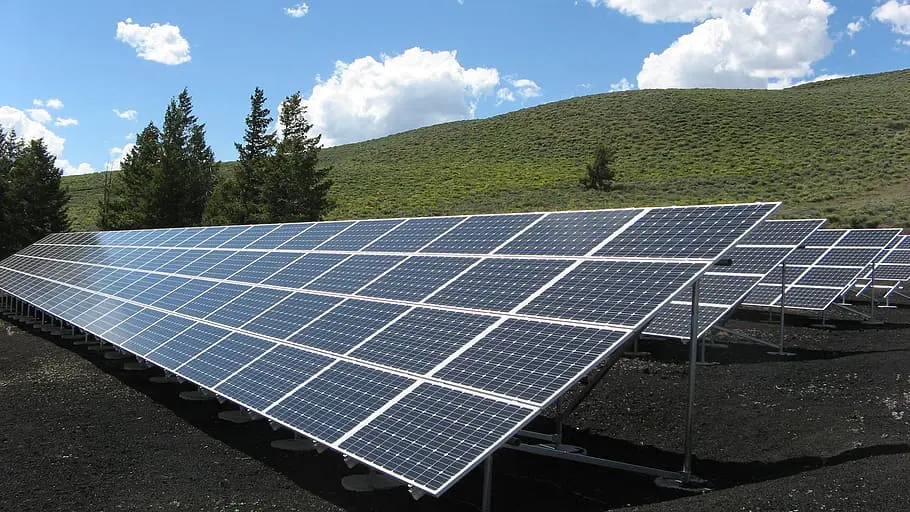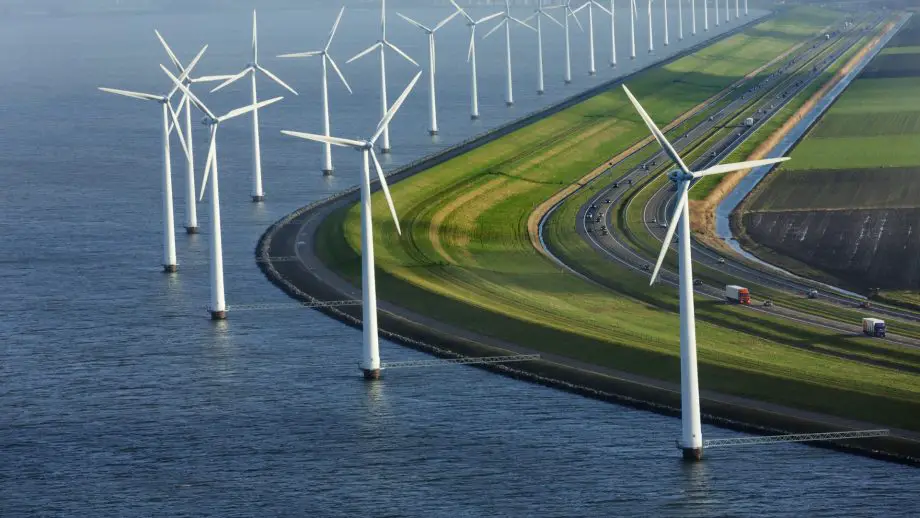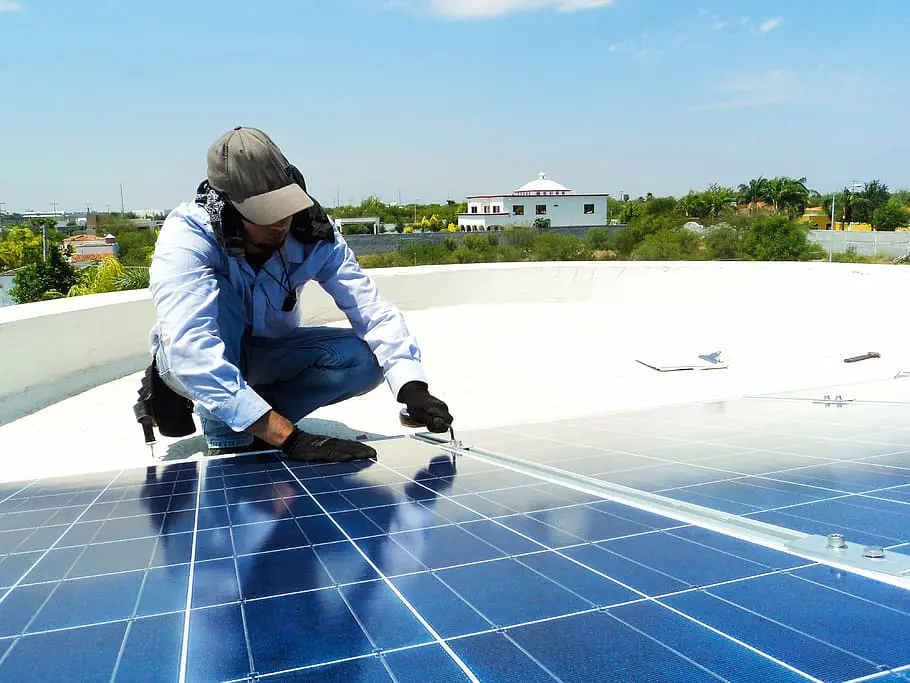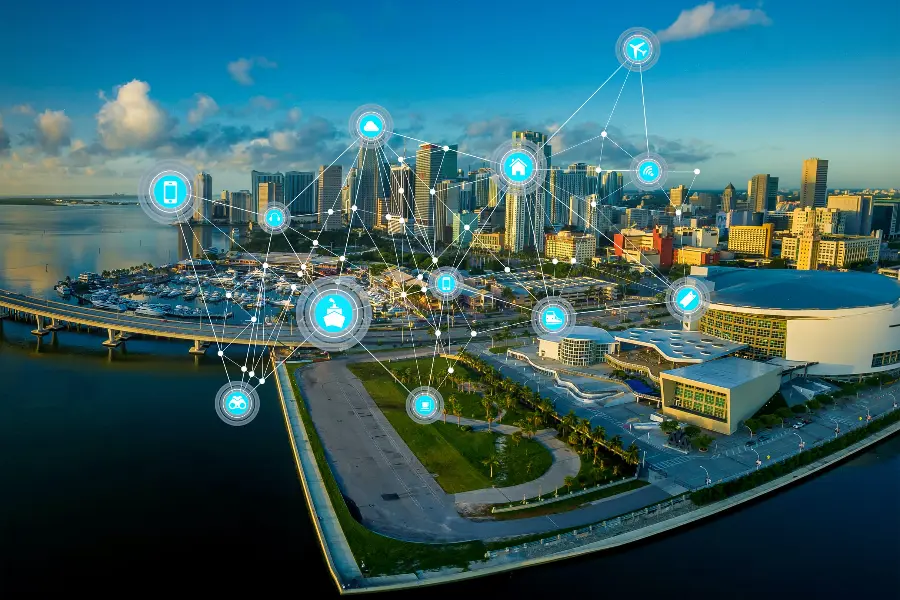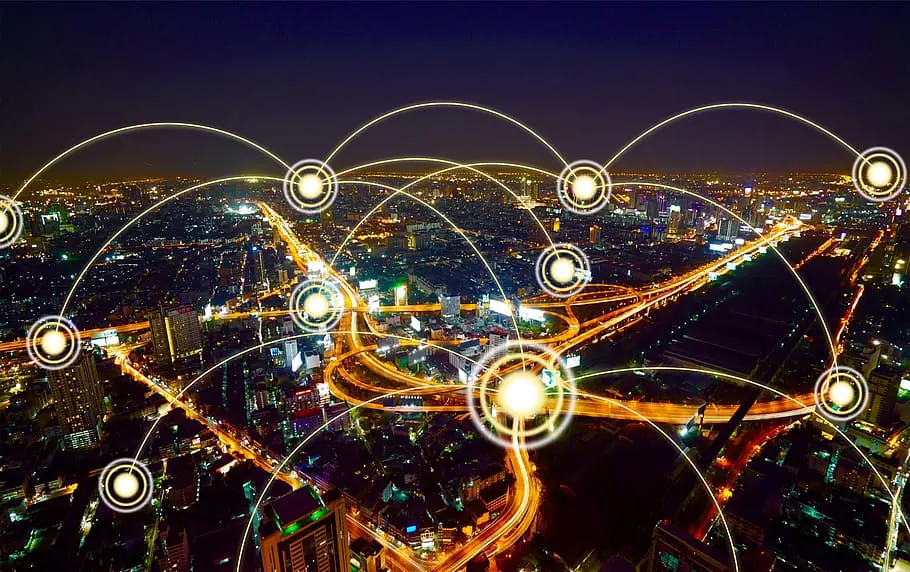
How does hydropower work? Dive in with us to uncover the magic of turning water into electricity. It’s simpler than you think!
Hydropower works by converting the kinetic energy of flowing water into mechanical energy using turbines. This mechanical energy then drives a generator, transforming it into electrical energy. Essentially, it harnesses the natural movement of water, typically from dams or river flows, to produce clean, renewable electricity.
Have you ever stood by a roaring waterfall and felt its raw power? Now, imagine harnessing that force to light up your entire house.
The question of how does hydropower work might have crossed your mind a time or two.
Let’s embark on a journey together to unravel this watery mystery and discover how nature’s own water show powers our world!
How Does Hydropower Work?
Water has always been a force to reckon with. From carving out valleys to powering our homes, the power of water is undeniable.
One of the most significant ways we harness this force is through hydroelectric power plants. But how exactly does this process work? Let’s dive in.
Hydroelectricity, or hydroelectric power, is electricity generated from hydropower (water power). Hydropower supplies one sixth of the world’s electricity, almost 4500 TWh in 2020, which is more than all other renewable sources combined and also more than nuclear power.[3] Hydropower can provide large amounts of low-carbon electricity on demand, making it a key element for creating secure and clean electricity supply systems. https://en.wikipedia.org/wiki/Hydroelectricity
The Basics of Hydropower

At its core, hydropower, or hydroelectric power, is all about converting the kinetic energy of flowing water into mechanical energy, and then into electricity.
Think of it as a sophisticated water wheel, but instead of grinding grains, it’s powering up entire cities.
Water, when it flows or falls, possesses kinetic energy. In hydroelectric power plants, this energy is captured and transformed.
When water is stored at a higher elevation, it also has potential energy due to gravity.
Releasing this water allows it to flow to a lower elevation, converting that potential energy into kinetic energy.
Types of Hydropower Plants
Alright, let’s chat about hydropower plants. You know, those impressive structures that turn the rush of water into electricity? But did you know there’s more than just one type?
Yep, it’s not a one-size-fits-all deal. There are several types of hydropower facilities, each designed to harness the power of water in different ways:
Run-of-the-River Systems: These don’t store water but instead use the natural flow of water, like the flow of a river, to generate electricity.
Pumped Storage Systems: These are like giant batteries. Water is pumped to a higher elevation (upper reservoir) and released to a lower reservoir when electricity is needed.
Damless Hydropower: These facilities channel part of a stream through a powerhouse before the water rejoins the main river.
Historical Perspective
Hydropower has a long history. Water wheels, used over 2,000 years ago, were the ancestors of today’s hydroelectric plants.
The late 1800s saw the rise of the world’s hydropower plants, with innovations driving their efficiency and scale.
The Role of Dams

Hydroelectric dams, like the famous Hoover Dam or the Grand Coulee Dam, play a pivotal role in electricity generation.
These dams store a vast amount of water, creating a reservoir. When the stored water is released, it flows through turbines, converting its kinetic energy into mechanical energy.
This mechanical energy then drives a generator, producing electrical energy.
Benefits of Hydropower
Okay, let’s talk about something cool, hydroelectric power. You’ve probably heard of it, right?
It’s that nifty way we turn flowing water into electricity. But beyond just lighting up our homes, hydropower brings a bunch of other awesome perks to the table.
Curious about the benefits? Let’s dive in and explore why hydropower is making such a splash in the world of energy!
Hydropower stands out among renewable energy sources for several reasons:
Clean Energy: Unlike fossil fuels, hydropower doesn’t produce greenhouse gas emissions. It’s a clean way to generate electricity.
Reliability: The water cycle is a consistent process, making hydropower a reliable source of energy.
Flood Control: Large dams, like the Three Gorges Dam, can control river flow, reducing the risk of floods.
Water Supply: Beyond electricity generation, dams also provide a steady water source for regions, supporting agriculture and daily needs.
Challenges and Environmental Concerns
Alright, let’s get real for a moment. While hydropower is pretty amazing, it’s not all rainbows and waterfalls. J
ust like anything else, it comes with its own set of challenges, especially when Mother Nature is involved.
From fishy concerns to climate curveballs, let’s dive deep into the challenges and environmental aspects of hydropower.
Ready to uncover the other side of the story?
It’s not all smooth sailing. Hydroelectric plants can impact river habitats and fish migration.
Climate change also poses challenges, with changing rainfall patterns affecting water availability.
Hydroelectric Power Challenges and Environmental Concerns
Impact on Aquatic Life:
One of the significant challenges of hydropower is its effect on aquatic ecosystems.
Dams can disrupt the natural migration patterns of fish, making it difficult for species like salmon to spawn.
Additionally, the turbines can pose direct threats, injuring or killing fish that pass through them.
Efforts like fish ladders and improved turbine designs are being implemented, but the concern remains.
Water Level Fluctuations:
Reservoirs behind hydroelectric dams can experience significant water level fluctuations.
This can lead to shoreline erosion, altered habitats, and even impact local climate conditions.
The constant change in water levels can affect plant and animal life, making it challenging for them to thrive.
It’s a delicate balance between generating power and maintaining a stable environment, and it requires careful management and planning.
FAQs

Alright, let’s switch gears for a moment. You’ve got questions, and guess what? We’ve got answers!
The world of hydropower can be a tad complex, and it’s only natural to have a few head-scratchers.
So, we’ve rounded up some of the most common queries and put them in this handy FAQs section.
Ready to quench that curiosity? Let’s dive into the questions everyone’s asking!
Q: How does hydropower work step by step?
A: Hydropower works in a series of steps:
• Water is stored in a reservoir, usually behind a dam.
• When released, the water flows due to gravity, creating kinetic energy.
• This flowing water turns turbines connected to generators.
• As the turbines spin, the generators convert the kinetic energy into electricity.
• The electricity is then transmitted to homes and businesses.
Q: How does hydropower collect energy?
A: Hydropower collects energy by harnessing the kinetic energy of flowing or falling water.
This movement, often facilitated by dams or diversion structures, drives turbines that generate electricity.
Q: What is an example of hydropower and how does it work?
A: A classic example of hydropower is the Hoover Dam. Water from the Colorado River is stored in Lake Mead.
When released, the water flows through large pipes, turning turbines connected to generators.
As the turbines spin, electricity is produced and then distributed to various regions.
Q: How does hydropower provide drinking water?
A: While the primary purpose of hydropower is electricity generation, the reservoirs created by hydroelectric dams can also serve as sources of drinking water.
The stored water can be treated and supplied to nearby communities.
Q: Does hydropower pollute water?
A: Directly, hydropower does not pollute water since it doesn’t involve burning fossil fuels.
However, stagnant water in reservoirs can lead to reduced oxygen levels and affect water quality over time.
Q: Is hydropower clean energy?
A: Yes, hydropower is considered clean energy because it generates electricity without emitting greenhouse gases.
It harnesses natural water flow, making it a renewable source.
Q: What is one disadvantage of using hydropower?
A: One disadvantage of hydropower is its potential impact on aquatic ecosystems.
Dams can disrupt fish migration and alter natural water flow, affecting local habitats.
Q: Is hydropower good for the environment?
A: Hydropower has both pros and cons for the environment. On the plus side, it produces clean, renewable energy without greenhouse gas emissions.
However, dams and reservoirs can impact local ecosystems, fish migration, and water quality.
Balancing energy needs with environmental concerns is crucial.
Conclusion

Well, folks, we’ve journeyed through the rapids and calm waters of the hydropower world together.
From understanding its nitty-gritty workings to weighing its pros and cons, it’s been quite the adventure, hasn’t it?
As we prepare to dock our boat and wrap up this discussion, let’s take a moment to reflect on everything we’ve learned and the future of this incredible energy source.
Ready for the final thoughts? Let’s dive in!
Hydropower is a game-changer in the world of renewable energy
Hydropower is an incredible form of energy, tapping into the natural flow of the river and the water cycle itself.
As we face global warming and increased electricity demand, it’s reassuring to have renewable sources like hydropower.
With advancements and a commitment to sustainability, the future of hydropower looks bright, promising a cleaner, greener world.
Addressing its environmental impacts
While hydropower offers a promising alternative to traditional energy sources, it’s not without its challenges.
The environmental impacts, from altered river ecosystems to the potential displacement of local communities, cannot be ignored.
It’s essential that as we harness the power of water, we also invest in solutions that minimize these impacts.
This means innovative engineering, community engagement, and rigorous environmental assessments.
Only by addressing these concerns head-on can we truly tap into hydropower’s potential in a way that ensures a sustainable and harmonious future.

